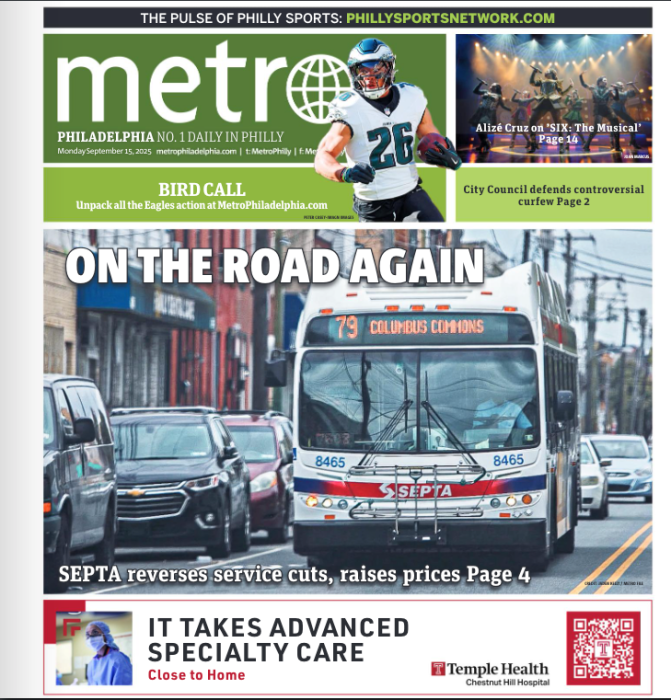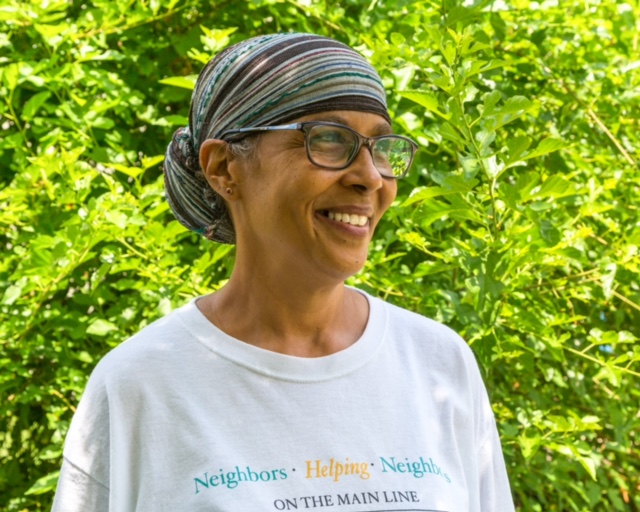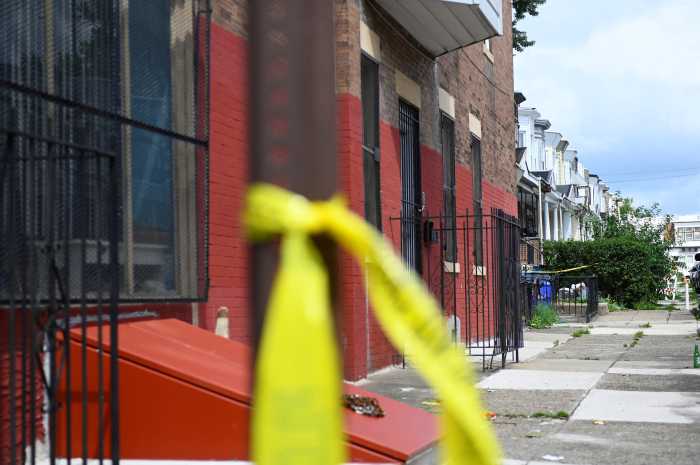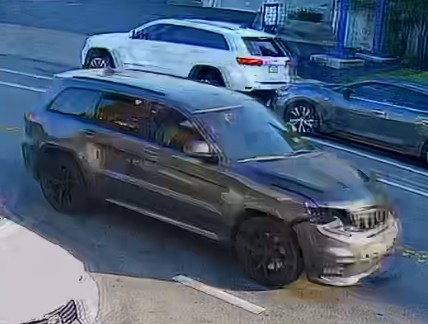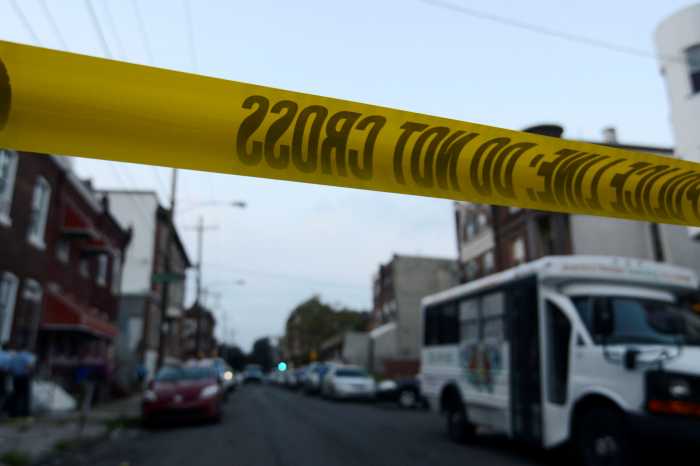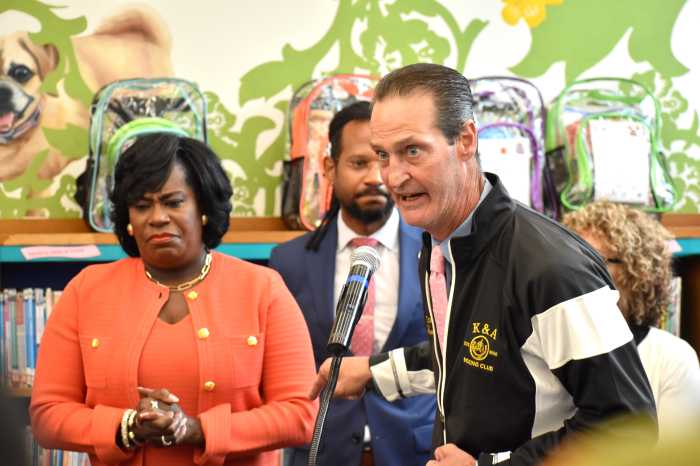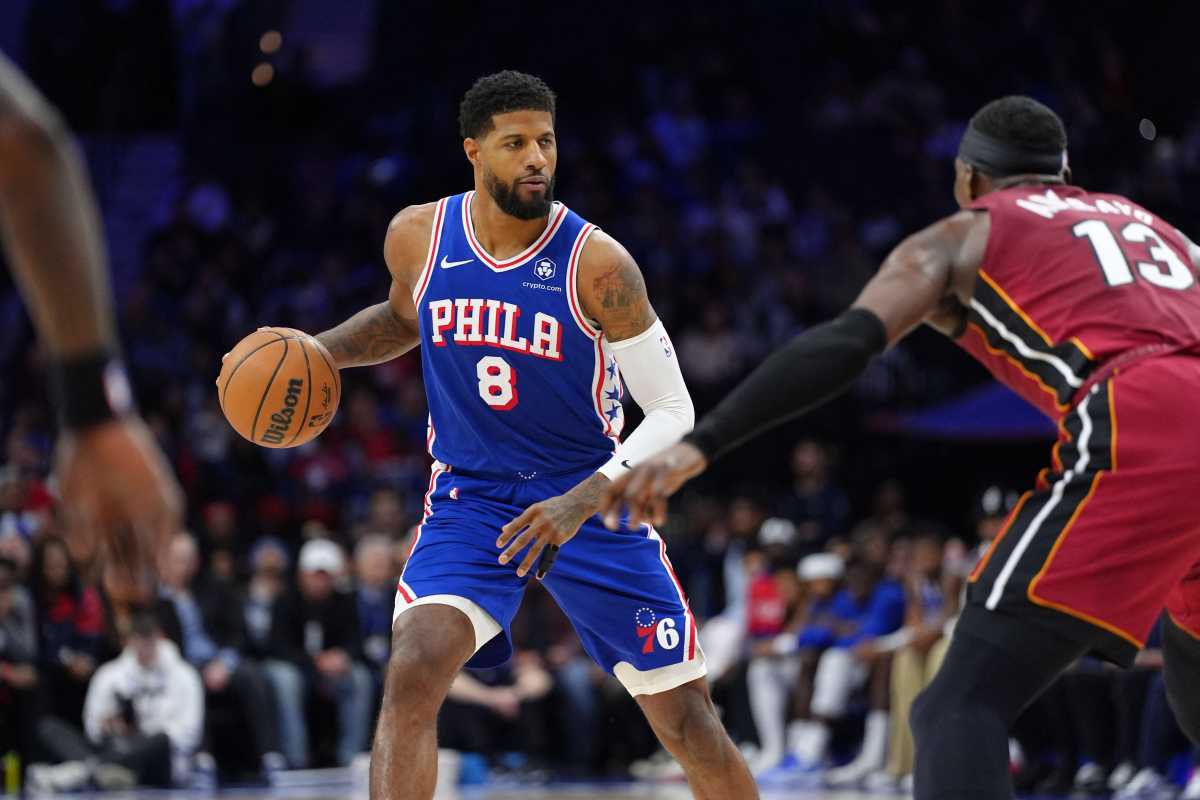Muneera Walker knows, when people talk about poverty in the region, Lower Merion Township isn’t the first place that comes to mind.
Its median household income is $136,000 a year — Philadelphia’s is about $46,000, for comparison — and the township contains some of the wealthiest zip codes in the state and even in the nation.
Many of the area’s more affluent residents, Walker said, were surprised to learn that nearby families were dealing with food insecurity, even before COVID-19, and that their township contained struggling communities of color.
“Now they know, and now they’re all pitching in and they’re all helping me,” she told Metro.
Walker, a 59-year-old Ardmore native, founded Neighbors Helping Neighbors on the Main Line in response to the pandemic.
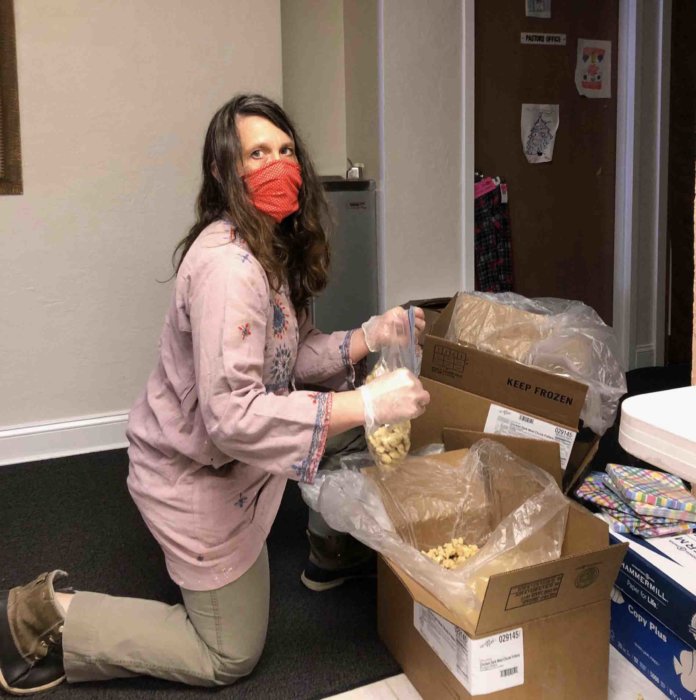
It began as a way to distribute food, and volunteers still deliver groceries to 110 homes a week in Lower Merion and Philadelphia. The nonprofit has since added educational resources, with a focus on Black and Latino families in the township.
The juxtaposition of Lower Merion’s image and its poorer residents isn’t lost on Walker, a longtime public schools advocate who has a self-described “insatiable appetite for justice and fairness and wellness for everyone.”
She said that, historically, many of the township’s Black and Latino residents were taught differently, with the assumption that they would become laborers or menial workers.
“They didn’t have the same opportunities,” Walker said. “And these are things that are not easy to overcome, and they affect families for generations.”
Neighbors Helping Neighbors runs a free tutoring program for students in the Lower Merion School District, which, she said, provides the same type of personal attention families who have been able to afford private tutors have long been able to access. About 50 students are enrolled.
The organization recently unveiled a new initiative, called Virtual School Sensory Support, or VS3, to provide fidgets, ball chairs and other items to children with disabilities or students who are struggling to concentrate on their remote classes.
In addition, they partnered with the Ardmore Avenue Community Center to open a supervised learning space for working parents who can not afford childcare.

The response from the community, Walker said, has been overwhelming.
Neighbors Helping Neighbors is powered by 20 core volunteers, as well as tutors and others, some of whom lend their professional help to perform the organization’s administrative tasks.
Residents have been quick to donate to the effort, she said, and the nonprofit also receives surpluses from area food shelters.
Walker envisions opening a brick-and-mortar Neighbors Helping Neighbors center, equipped with a place where students can come in to get extra help or learn about topics that aren’t included in the curriculum.
She wants the nonprofit to also serve as a conduit between local government and the community and help adults with finding jobs and accessing other resources.
“I want a space where, no matter what people in my community need, they can feel like they can come there and, even if I don’t have it or I don’t know it, I will get it or I will learn it,” Walker said.
Not all of it is “feel-good work,” she added, because her main mission is healing the disparities that have existed on the Main Line for decades.
Neighbors Helping Neighbors is Walker’s full-time gig, and she said she has been working 16-to-18 hours everyday to get the organization off the ground. She’s not having any regrets, though.
“It is a joy, I mean, an absolute joy, to be able to know and hear from someone that something we did or that one of my volunteers did made a positive difference in their life,” Walker said.
